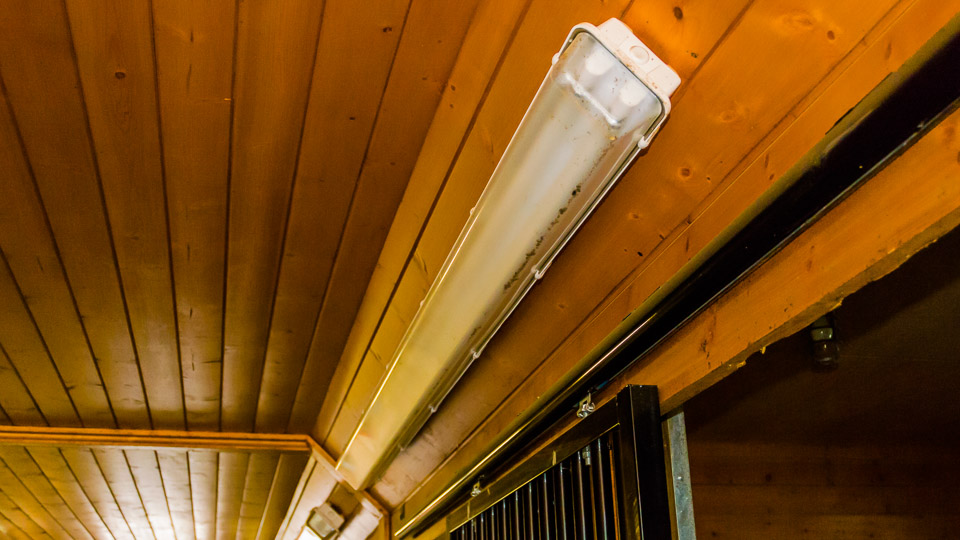
Horse Farm Systems – Lighting
The primary purpose of electricity in a barn is to have lights but unfortunately the placement of lights have been left to the discretion of architects and electricians – not horse professionals. The results give us poor lighting and dangerous if not just plain stupid positioning of the fixtures and switches.
**CONTINUED IN ARTICLE TAB**
Related material – Sometimes I have a lot of material here that I have written, podcasted, video blogs and other things. They will be listed in this tab.
Use the browser back button or menu to return to the index of topics.
⬇︎ CLICK ANY IMAGE BELOW TO REVEAL MORE INFORMATION ⬇︎
The primary purpose of electricity in a barn is to have lights but unfortunately the placement of lights have been left to the discretion of architects and electricians – not horse professionals. The results give us poor lighting and dangerous if not just plain stupid positioning of the fixtures and switches.
Placing a light fixture directly in the center of a stall casts a shadow all around the horse. Looking at limbs or underneath the horse becomes impossible without the use of a hand held light. Even if you position the horse against the wall of the stall so the light shines on one side it still does not illuminate the inside of the legs or underneath the horse. The worst part is if a horse rears up their head will become injured as it smashes the fixture. Electrocution is also possible.
On the flip side there are elegant installations and natural ingress light structures integrated nicely in ceilings off to the side. This provides light to both sides of the horse without the need to reposition. Having lights flush mounted into the walls of the grooming stall installed a few feet off the ground brings the light down to the level of the legs where good well lit examinations can occur. Use caution with kicking horses. Visit the gallery to get your ideas.
Any videos related to this topic will be added here. Stay tuned or comment a request.
- Additional tables
- Links to other in house articles
- Links to outside articles
- Reference material used in developing this topic.
There are no related articles here if you don’t see linked items.



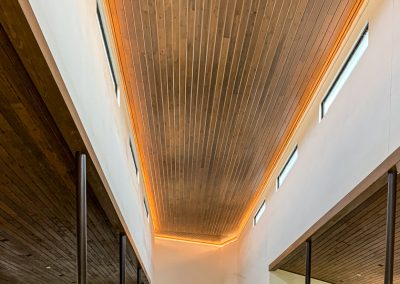


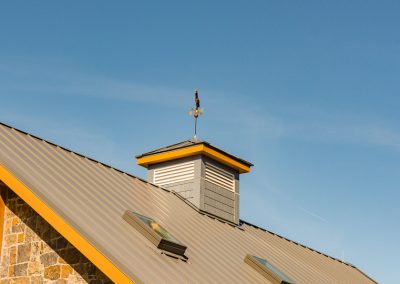
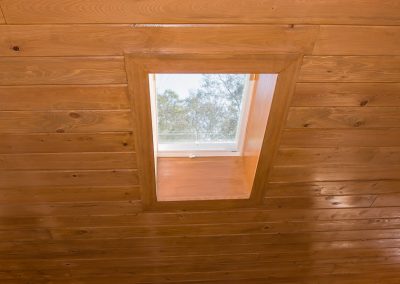
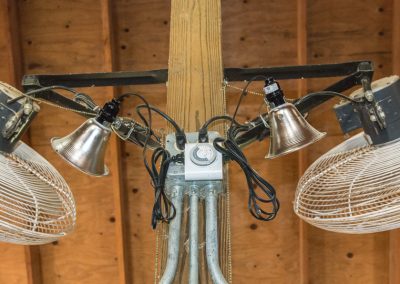
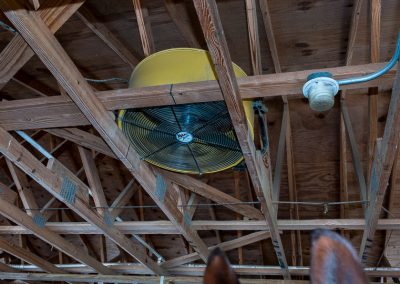
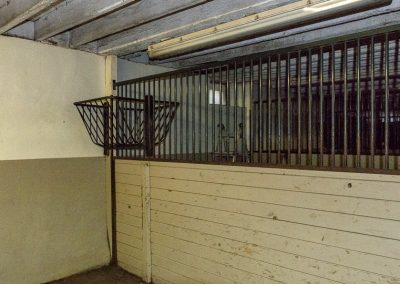
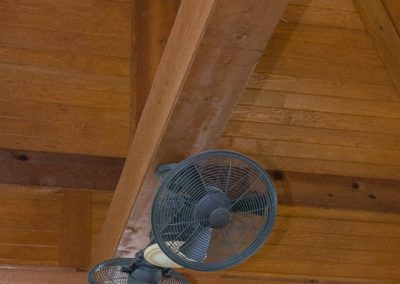
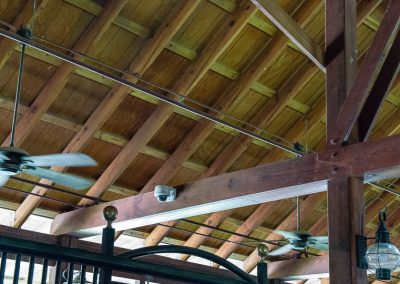

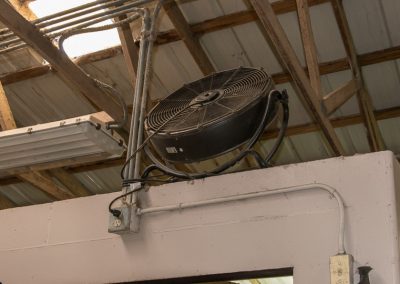
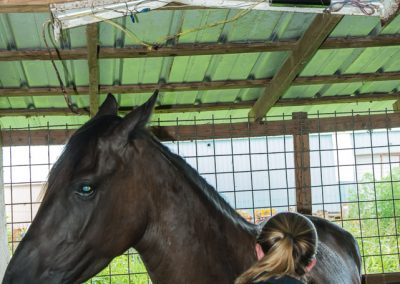

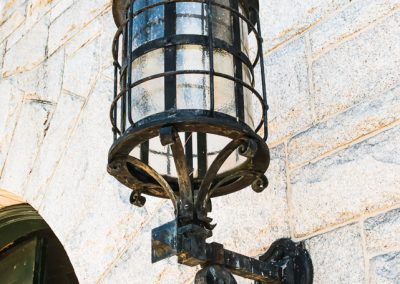

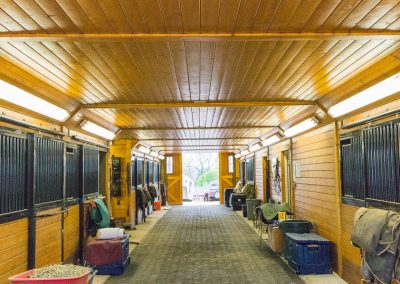
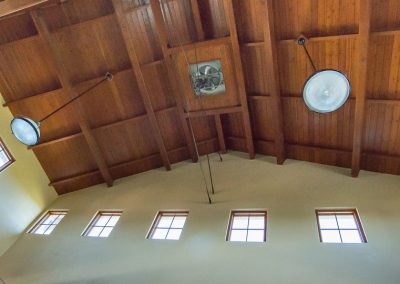
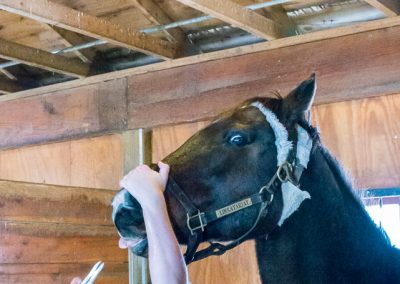

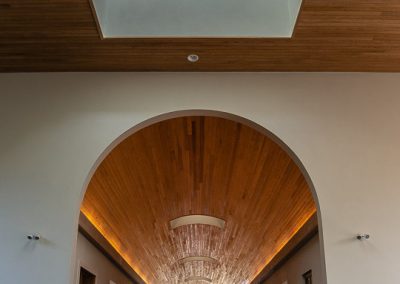
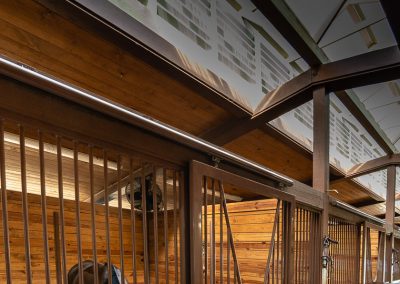


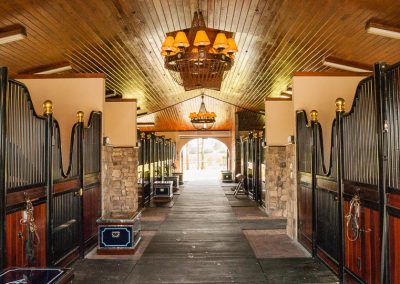
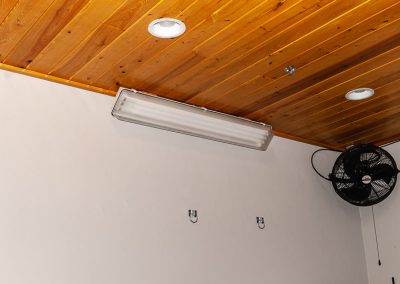
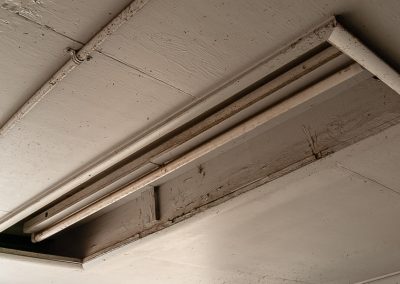
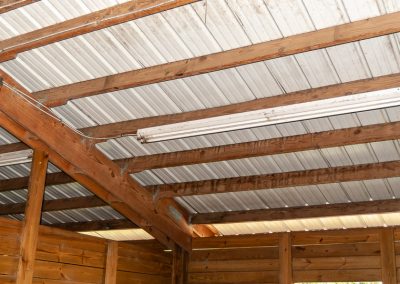
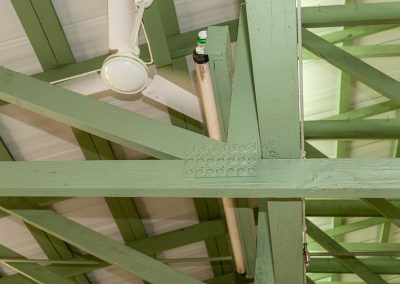
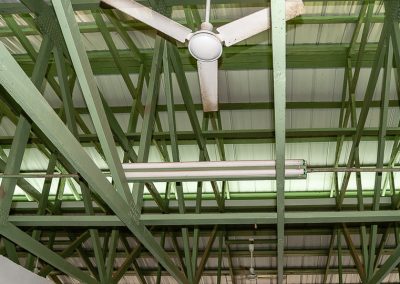
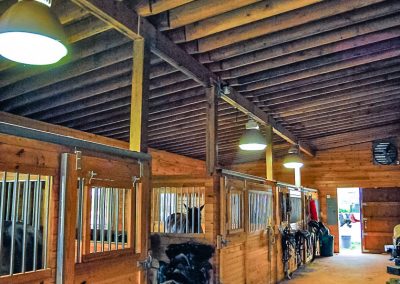
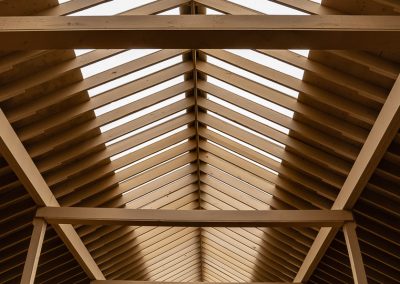
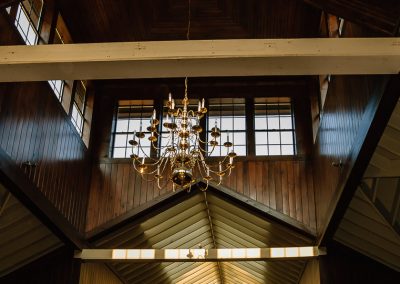
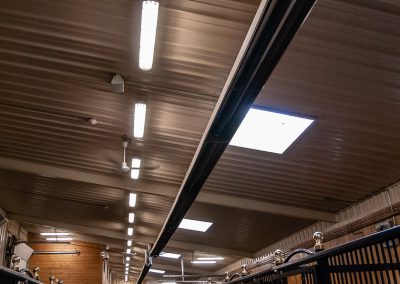
Responses